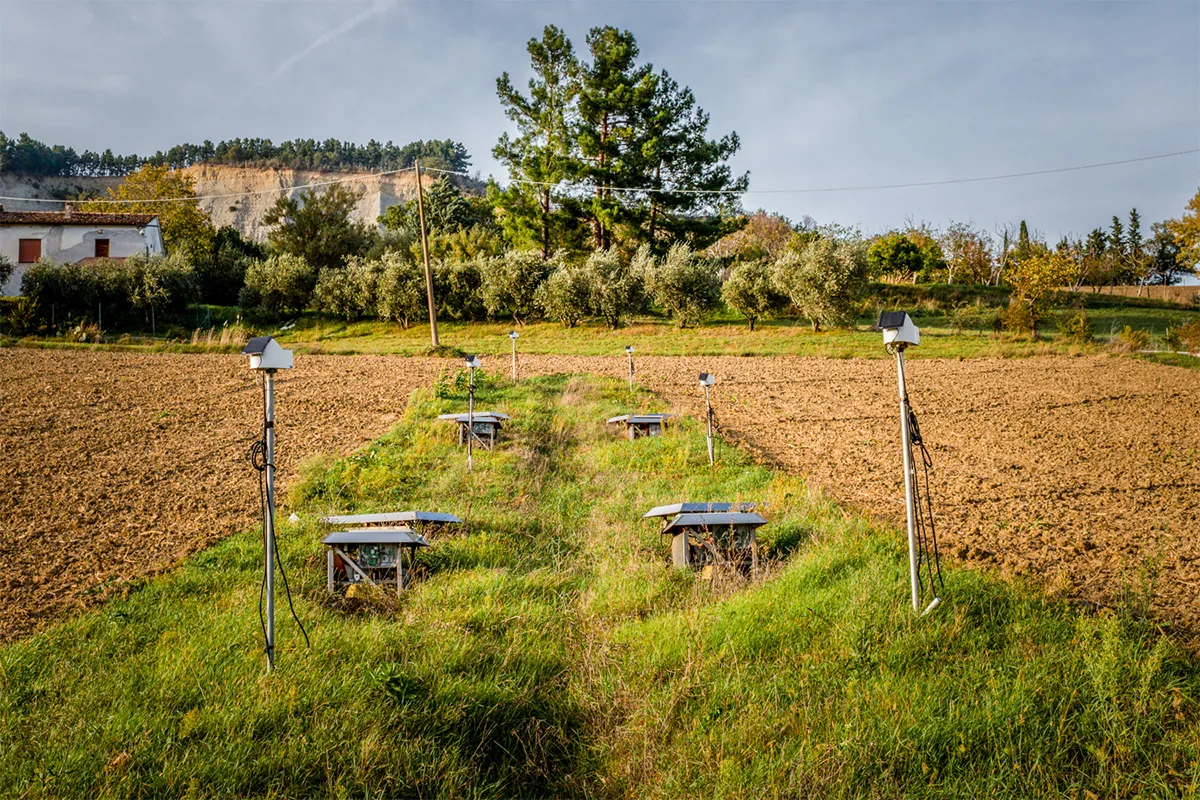Since 2008, the Loccioni Company (a world leader in mechatronics and automated robotic systems) has transformed its industrial and residential buildings into the 'Leaf Community', the first eco-sustainable community in Italy, with a net-zero carbon footprint.
The hidden valley of Valle dell'Esino, near Ancona, is an area rich in history and natural resources, and is the perfect location for Loccioni and the local government to work together in order to create jobs whilst protecting and enhancing the valley's heritage.
Loccioni has become a business and technology hub in the area, as well as a great example of how technology can be used to create sustainable living. Here, people live in carbon-neutral housing, move about in electric cars, and go to work in facilities powered by renewable energy sources.
The Leaf Community is also a laboratory, focussing on the agriculture of the future suchas digitally monitored bee hives, prototypes for measuring the health of agricultural land or systems ofintelligent irrigation for crops.
The electricity necessary for industrial activities is generated through a mix of resources that work in harmony: the photovoltaic panels on the roofs of the offices, the hydroelectric micro-power stations along the nearby Esino river, and biomass pyro gasification (heating waste to produce biogas) to provide heating for the whole community.
The power systems form what is called a 'smart grid', where surplus energy in one area (such as solar) can offset a deficiency in another. Excess power can be stored in batteries that are no longer efficient enough for electric vehicles, meaning that nothing is going to waste.
These interlinking systems could be the blueprint for many other communities around the world, as engineers look for new ways to combat the climate crisis and transfer to a carbon-neutral society.
Valle di San Clemente

Energy Islands

Medical robots

A natural power source

Abbey restoration
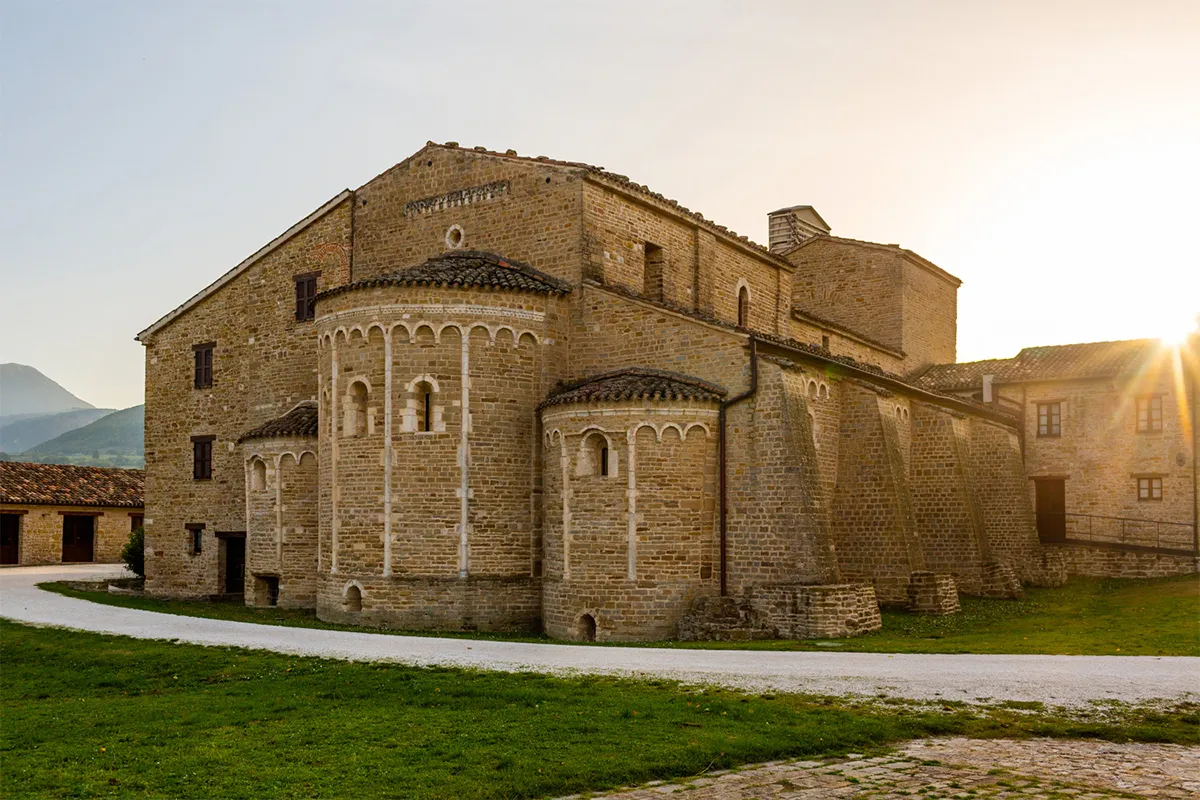
High-tech beehives

The factory floor
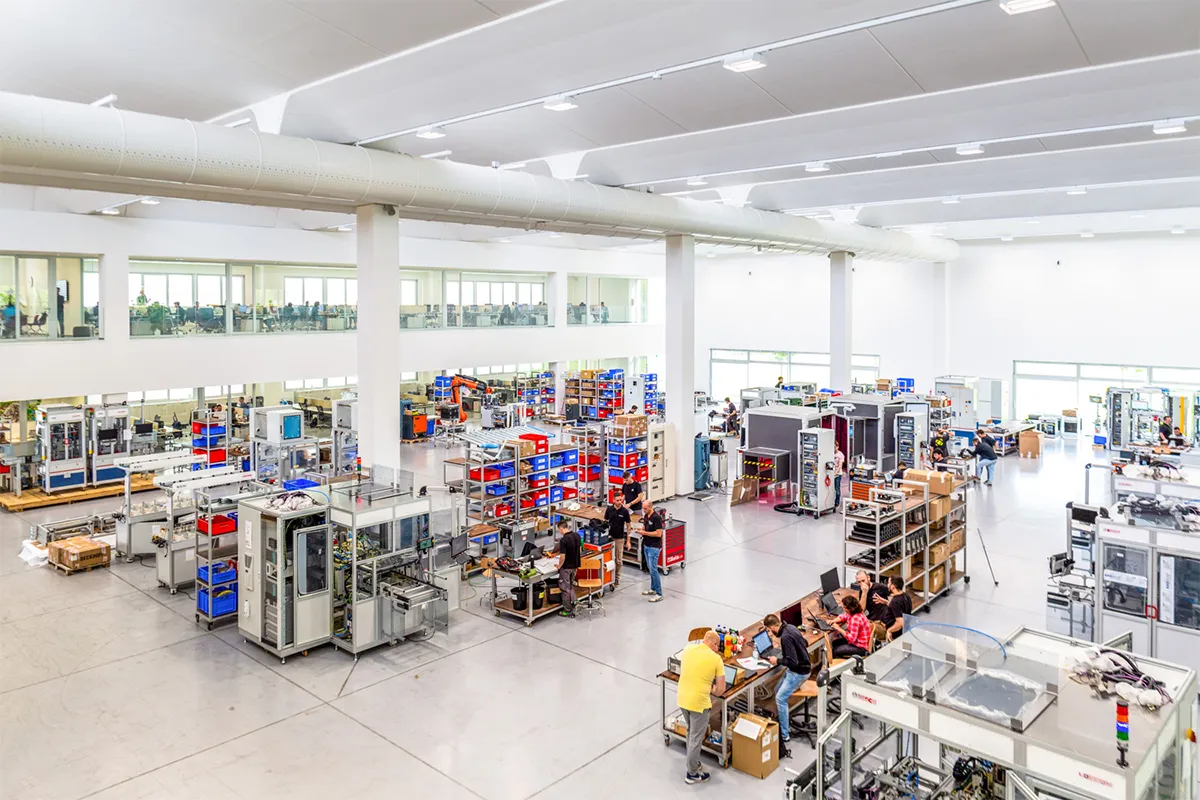
More images from Science Focus:
- Building a new sun - How the world's biggest fusion facility is progressing
- In pictures: NASAs Artemis mission heads for the Moon
- Did you hear the buzz about this year's Wildlife Photographer of the Year?
- Cast your eye over the Environmental Photographer of the Year winners
- Welcome to Devil's Valley, home of the world's oldest geothermal power plant
Power to burn
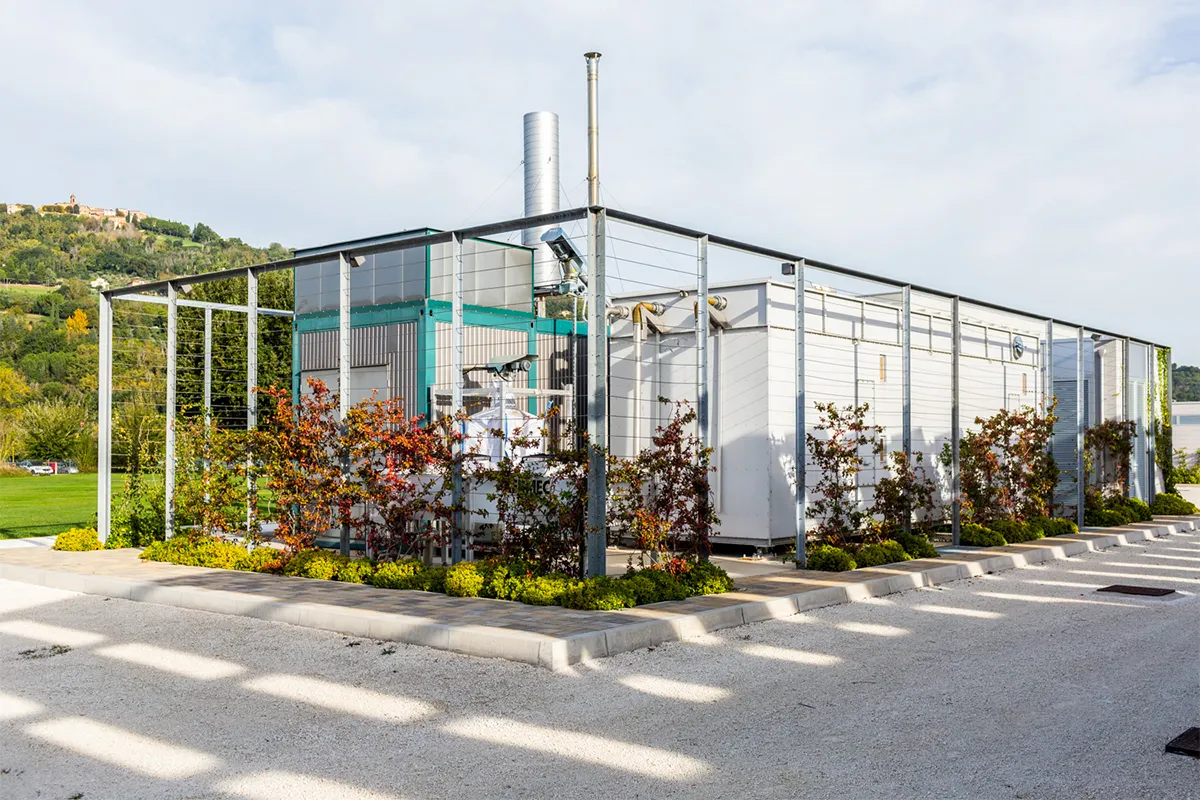
Solar sunset
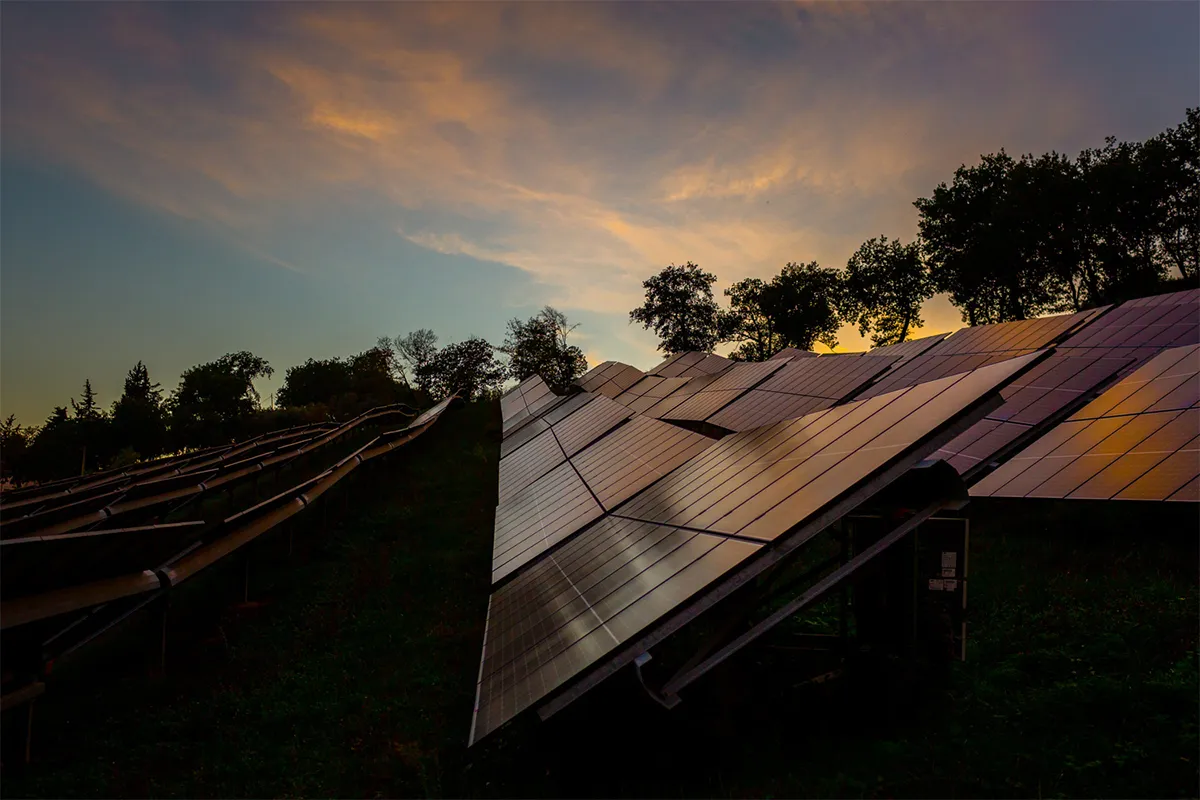
Watching the soil closely
